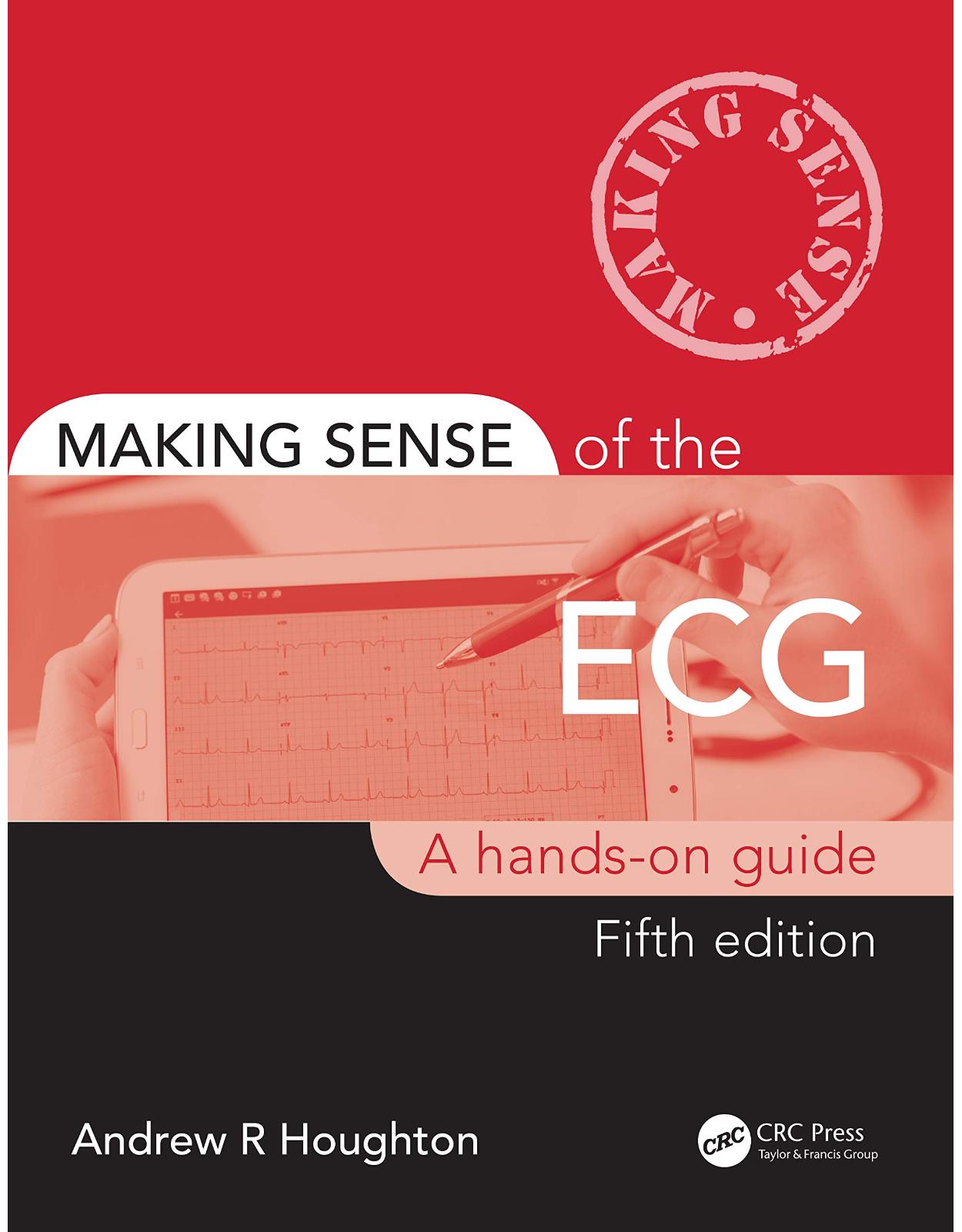
Making Sense of the ECG: A Hands-On Guide, Fourth Edition
Produs indisponibil momentan. Pentru comenzi va rugam trimiteti mail la adresa depozit2@prior.ro sau contactati-ne la numarul de telefon 021 210 89 28 Vedeti mai jos alte produse similare disponibile.
Disponibilitate: Acest produs nu este momentan in stoc
Autor: Andrew Houghton
Editura: CRC Press
Limba: Engleza
Nr. pagini: 256
Coperta: Paperback
Dimensiuni: 18.8 x 1.27 x 24.38 cm
An aparitie: 16 Oct. 2019
Description:
Interpreting an ECG correctly and working out what to do next can seem like a daunting task to the non-specialist, yet it is a skill that will be invaluable to any doctor, nurse or paramedic when evaluating the condition of a patient. Making Sense of the ECG has been written specifically with this in mind, and will help the student and more experienced healthcare practitioner to identify and answer crucial questions. This popular, easy-to-read and easy-to-remember guide to the ECG as a tool for diagnosis and management has been fully updated in its fifth edition to reflect the latest guidelines.
Table of Contents:
1. Anatomy and physiology
Cardiac activation
The cardiac conduction system
The cardiac cycle
Further reading
2. PQRST: Where the waves come from
What does the ECG actually record?
How does the ECG ‘look’ at the heart?
Where do each of the waves come from?
Further reading
3. Performing an ECG recording
Initial preparations
Placement of the limb electrodes
Placement of the chest (precordial) electrodes
Einthoven’s triangle
Recording the 12-lead ECG
Further reading
4. Reporting an ECG recording
Patient data
Technical data
ECG fundamentals
ECG details
Report summary
Further reading
5. Heart rate
Is the heart rate below 60/min?
Is the heart rate above 100/min?
Further reading
6. An approach to heart rhythms
Identifying the cardiac rhythm
How is the patient?
Is ventricular activity present?
What is the ventricular rate?
Is the ventricular rhythm regular or irregular?
Is the QRS complex width normal or broad?
Is atrial activity present?
How are atrial activity and ventricular activity related?
Determining the cardiac rhythm
Further reading
7. Supraventricular rhythms
Sinus rhythm
Sinus arrhythmia
Sinus bradycardia
Sinus tachycardia
Sick sinus syndrome
Atrial ectopic beats
Atrial fibrillation
Atrial flutter
Atrial tachycardia
AV re-entry tachycardia
AV nodal re-entry tachycardia
Further reading
8. Ventricular rhythms
Ventricular ectopic beats
Accelerated idioventricular rhythm
Monomorphic ventricular tachycardia
How do I distinguish between VT and SVT?
Polymorphic ventricular tachycardia
Fascicular ventricular tachycardia
Ventricular fibrillation
Further reading
9. Conduction problems
Conduction block at the SA node
Conduction block at the AV node or bundle of His
Conduction block at the bundle branches
Conduction block at the fascicles
Escape rhythms
Accelerated conduction and accessory pathways
Further reading
10. The axis
Understanding and measuring the QRS axis
Is there left axis deviation?
Is there right axis deviation?
Is there extreme right axis deviation?
Further reading
11. The P wave
Are any P waves absent?
Are any P waves inverted?
Are any P waves too tall?
Are any P waves too wide?
Further reading
12. The PR interval
Is the PR interval less than 0.12 s long?
Is the PR interval more than 0.2 s long?
Does the PR interval vary or can it not be measured?
Is the PR segment elevated or depressed?
Further reading
13. The Q wave
Are there any ‘pathological’ Q waves?
Further reading
14. The QRS complex
Are any R or S waves too big?
Are the QRS complexes too small?
Are any QRS complexes too wide?
Are any QRS complexes an abnormal shape?
Are epsilon waves present?
Further reading
15. The ST segment
Are the ST segments elevated?
Are the ST segments depressed?
Are J waves present?
Further reading
16. The T wave
Are the T waves too tall?
Are the T waves too small?
Are any of the T waves inverted?
Further reading
17. The QT interval
Correcting the QT interval
Is the QTc interval long?
Is the QTc interval short?
Further reading
18. The U wave
Do the U waves appear too prominent?
Are any of the U waves inverted?
Further reading
19. Artefacts on the ECG
Electrode misplacement
External electrical interference
Incorrect calibration
Incorrect paper speed
Patient movement
Further reading
20. ECG interpretation in athletes
Normal ECG findings
Abnormal ECG findings
‘Borderline’ ECG findings
Further reading
21. Pacemakers and implantable cardioverter-defibrillators
What do pacemakers do?
Indications for temporary pacing
Temporary pacemaker insertion and care
Indications for permanent pacing
Selection of a permanent pacemaker
Pacing and the ECG
Pacemakers and surgery
Implantable cardioverter-defibrillators
Cardiac resynchronization therapy (biventricular pacing)
Further reading
22. Ambulatory ECG recording
24-h ambulatory ECG recording
Event recorder
ECG ‘on demand’
Bedside monitoring/telemetry (inpatient)
Insertable cardiac monitor (ICM)
External loop recorder (ELR)
Smartphone/smartwatch applications
Further reading
23. Exercise ECG testing
What are the indications for an exercise ECG?
What are the risks of an exercise ECG?
How do I perform an exercise ECG?
When do I stop an exercise ECG?
How do I interpret an exercise ECG?
Further reading
Appendix 1: Glossary
Appendix 2: ECG resources
Appendix 3: Help with the next edition
Index
| An aparitie | 16 Oct. 2019 |
| Autor | Andrew Houghton |
| Dimensiuni | 18.8 x 1.27 x 24.38 cm |
| Editura | CRC Press |
| Format | Paperback |
| ISBN | 9780367189013 |
| Limba | Engleza |
| Nr pag | 256 |
-
79400 lei 73500 lei
-
94000 lei 84000 lei
-
68000 lei 34000 lei

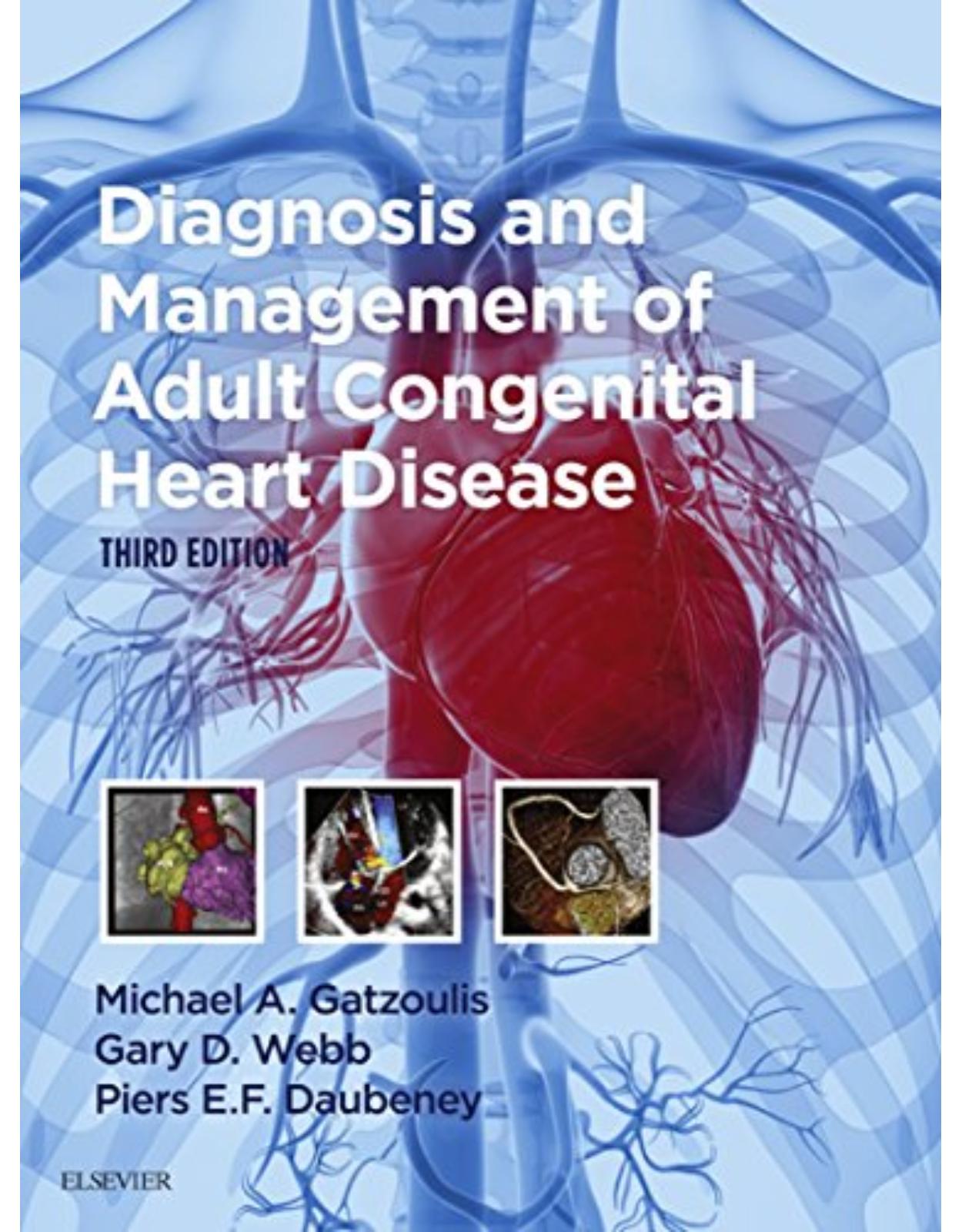

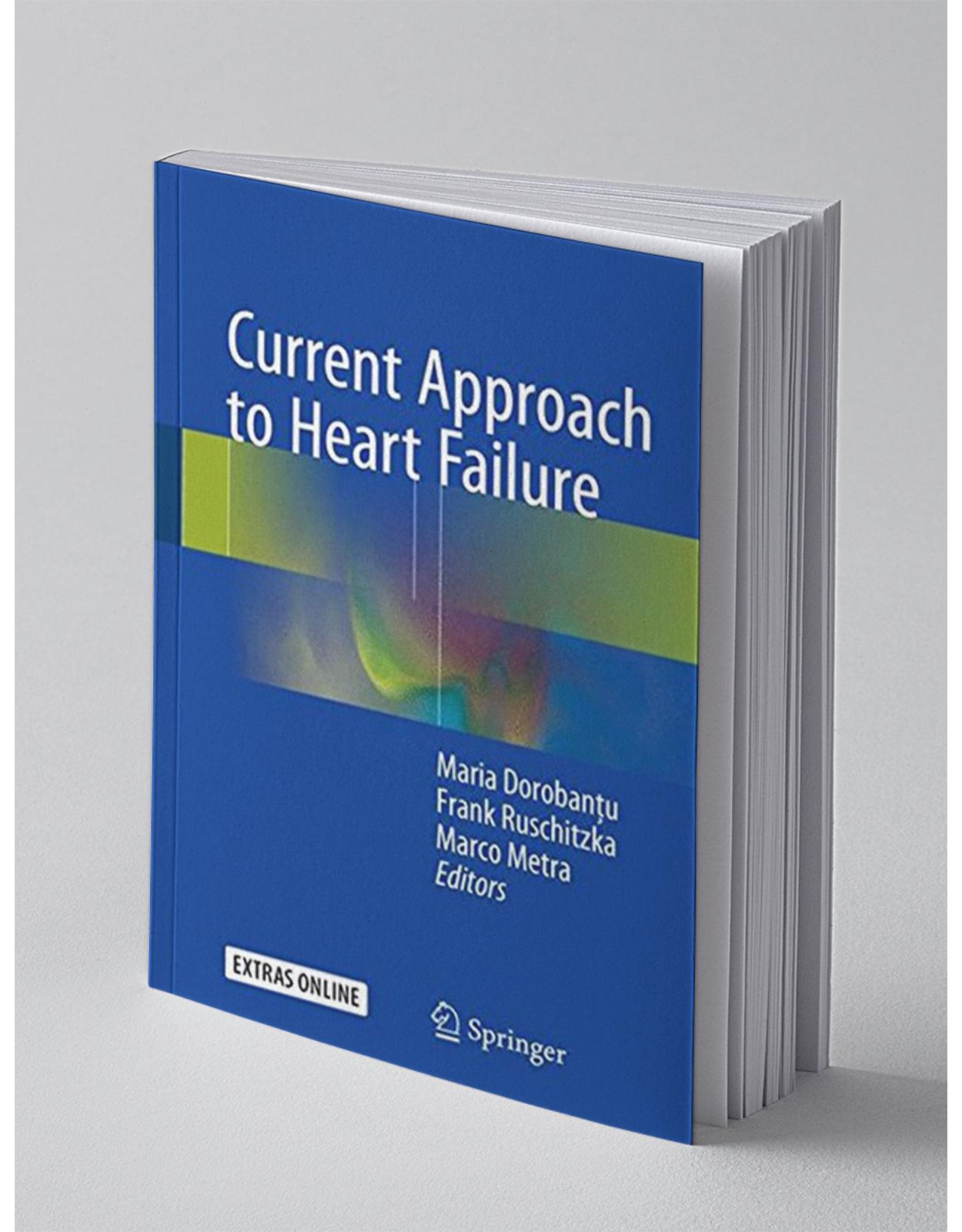
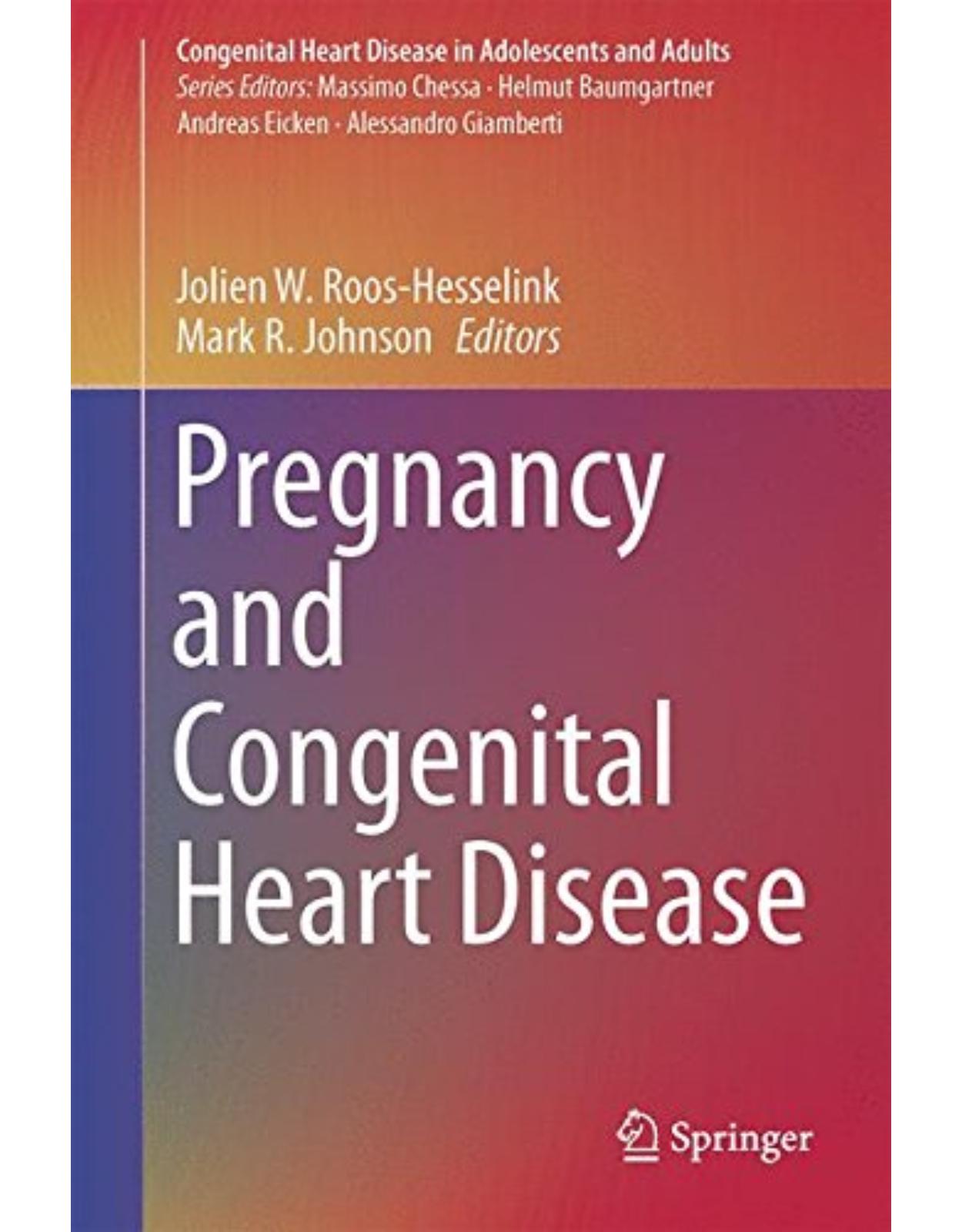
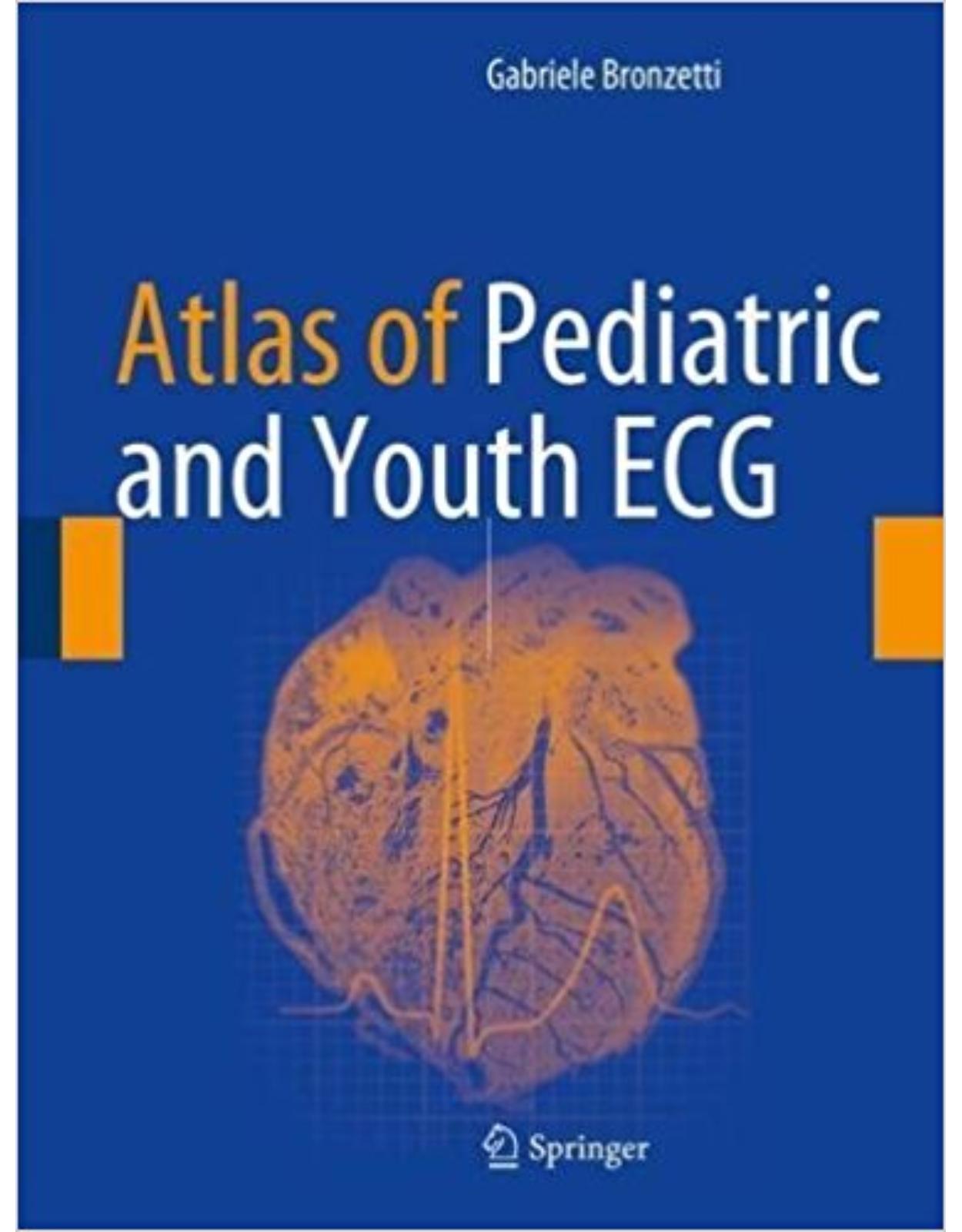
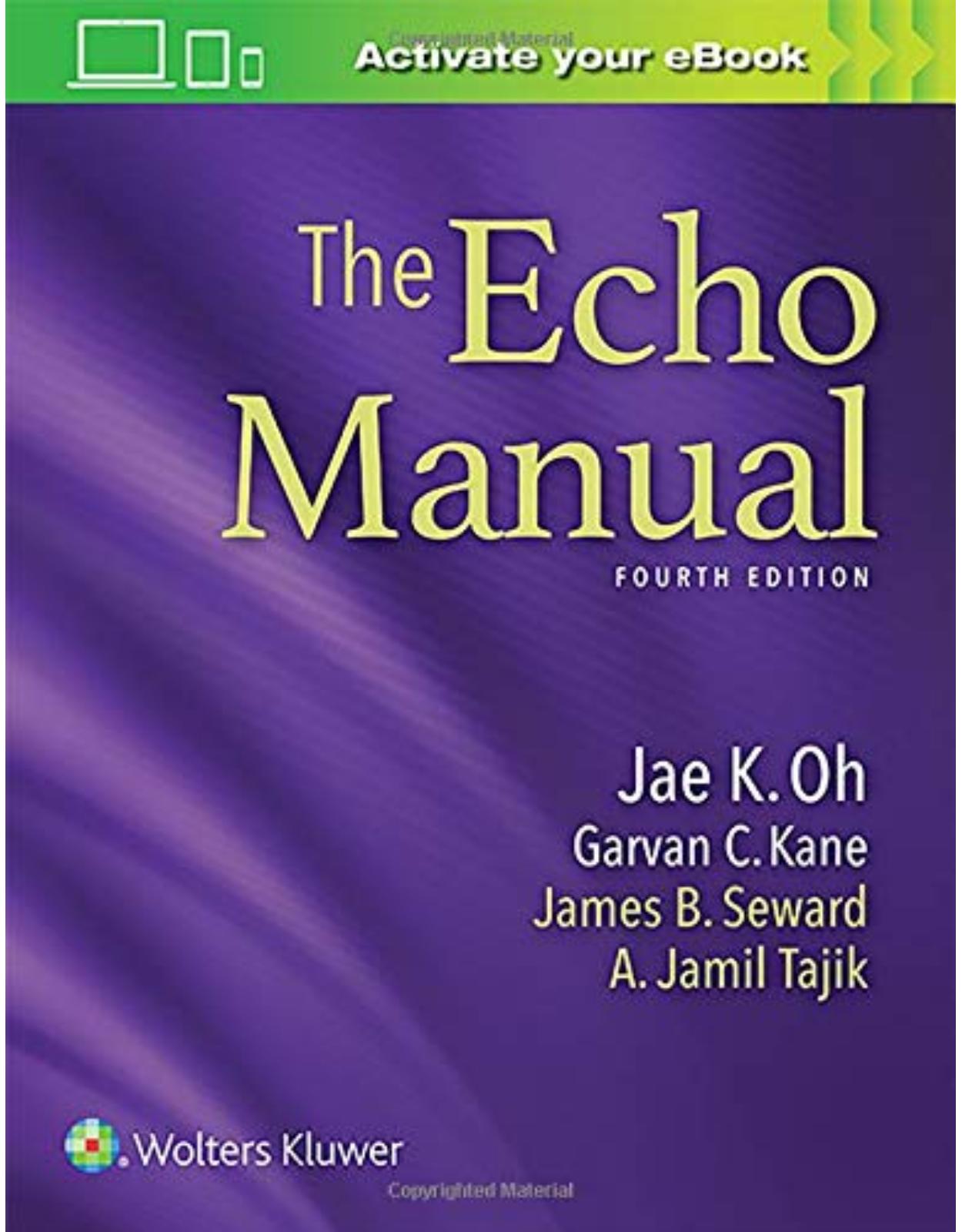
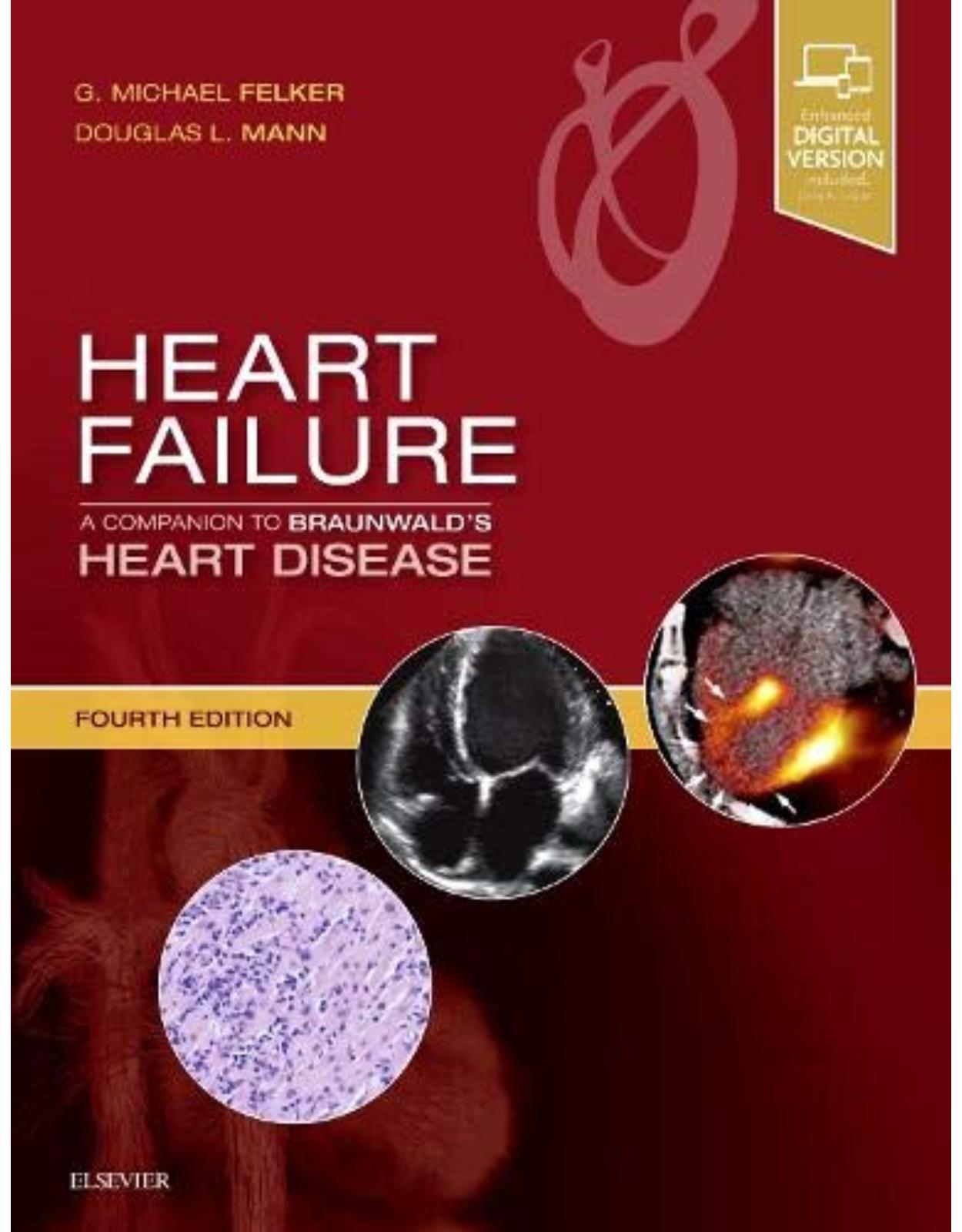
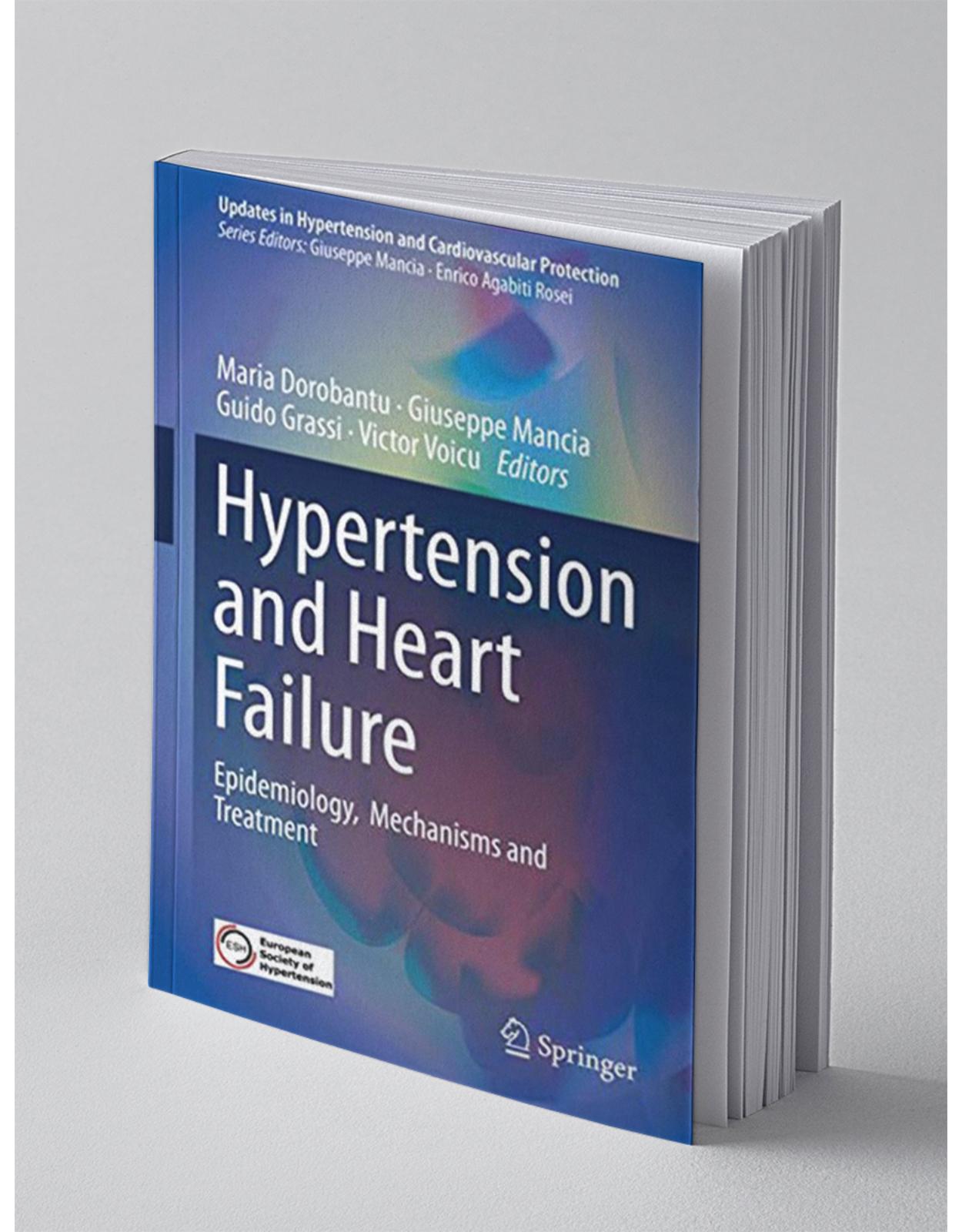
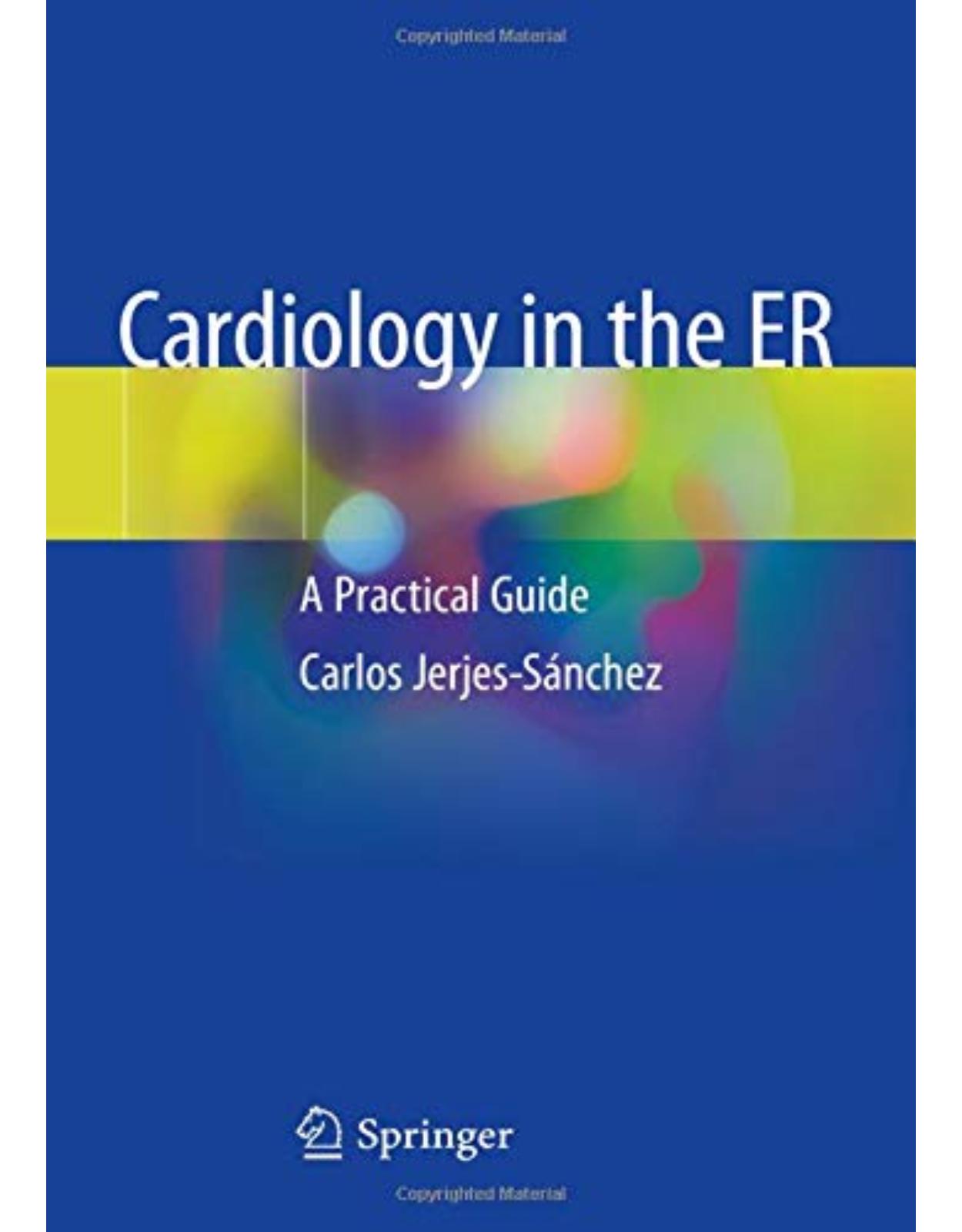
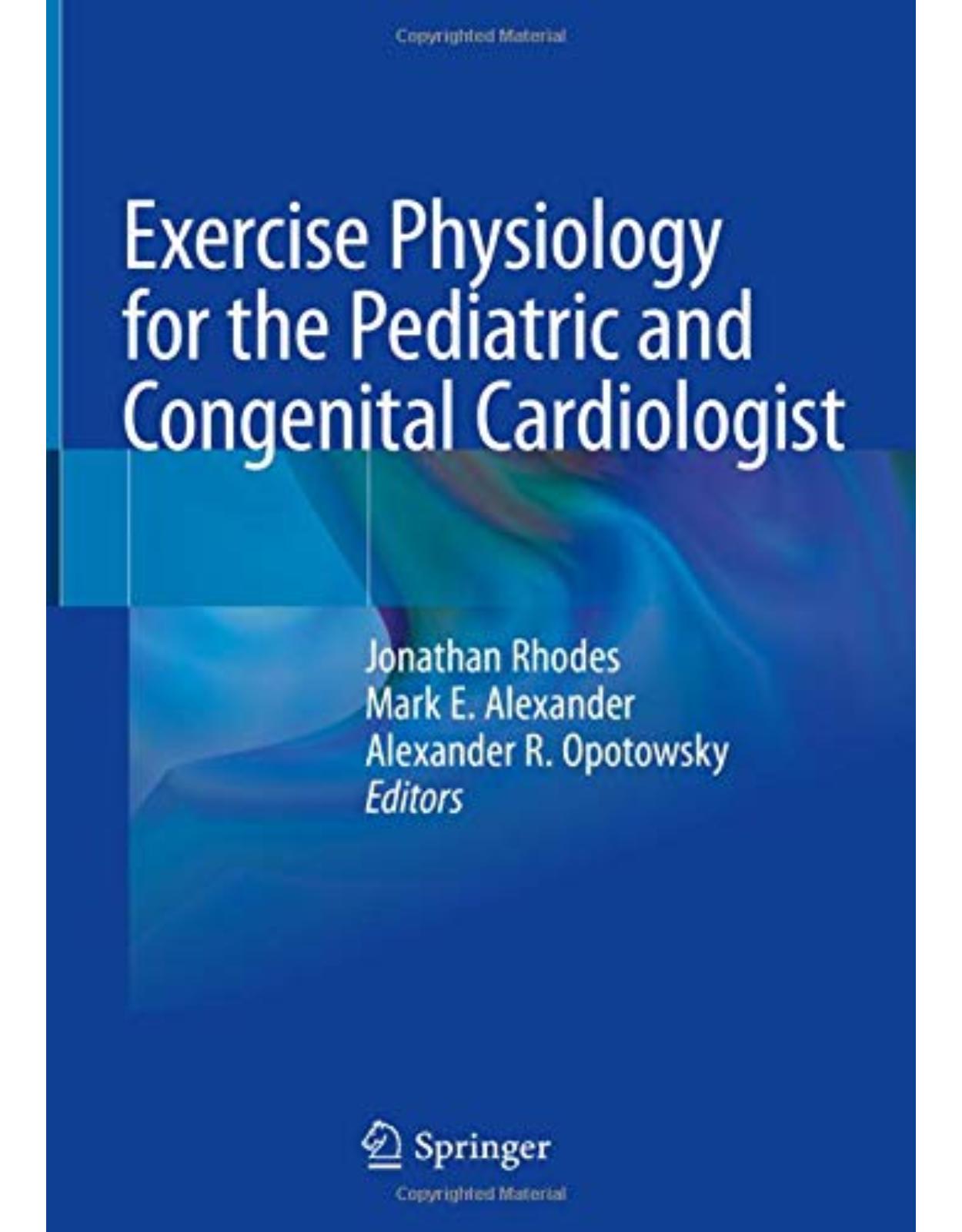

Clientii ebookshop.ro nu au adaugat inca opinii pentru acest produs. Fii primul care adauga o parere, folosind formularul de mai jos.